Interview With A Fig Grower: Ryan Trusty
Want to know about growing figs in a high tunnel? What about growing in higher humidity? Read one man’s experience right here…
Today, we have Ryan Trusty with us of Trusty Farms. He hails from the south, so all you southern fig growing newbies pay attention! He has some good advice for growing in a more humid climate and also in a high tunnel. I’m very happy to have this opportunity to interview someone from a very different climate than my own, so please welcome Ryan!
Location: Zone 8B Jackson, SC
Please introduce yourself and tell us a little about how you grow and got into figs…
My name is Ryan and I have been growing figs for 6 years now in Jackson, SC. I studied horticulture and business management in college and worked at commercial nurseries growing perennial and woody ornamentals for over a decade. Utilizing the knowledge gained from working in the green industry, my wife and I decided to open our own plant nursery where we started growing kiwi, blackberry, pineapple guava, pomegranate, native species for pollinators, and carnivores. In our second year of production, figs entered the picture and the collection grew to over a hundred varieties thanks to generous members on the OurFigs forum. I also started grafting new varieties of pawpaw, persimmon, plum, pear, and apple to trial at our farm and expand our edible assortment. Our goal from the start was to grow species and cultivars that thrive in our climate and are not commonly available from other nurseries.
In 2019 I visited a friend from college and saw that he was growing many different varieties of fig trees. Up to that point in time, I was only aware of varieties such as Brown Turkey, Celeste, and Violette de Bordeaux. He gave me a Chicago Cold Hardy and Olympian fig tree which started me on my journey into the world of figs. I quickly found the OurFigs forum online and joined to connect with other fig growers from around the world and learn what varieties had performed best in their climate and tips on how to propagate them from cuttings. It was amazing to see how many different fig flavors were available within cultivated varieties with my favorite being complex berry flavors.
I’m currently growing over 100 varieties of figs after culling around 40 last year due to them having similar flavors or low productivity. My culled varieties aren’t disposed of but rather repurposed as mature rootstock to graft new varieties onto them the following spring. I don’t have an exact count on total potted fig trees other than that I’m running out of space in the 30x72’ high tunnel. Once winter arrives and all trees are dormant, I’ll review my season notes and figure out which varieties didn’t make the cut to make space for new arrivals.
I started growing figs in 3, 7, and 15-gallon pots with 6-8 hours of direct sun using overhead irrigation and an aged ground pine bark soil mix with Florikan 18-6-8 (270-day) controlled release fertilizer. They grew well in the first year but didn’t put on as much growth as I had expected so I started researching other fig soil mixes online that winter. I discovered that figs love exceptionally well-drained soil with plenty of pore space for gas exchange along with calcium (Ca), magnesium (Mg), sulfur (S), and calcined clay. To supply the Ca, Mg, and S, dolomitic limestone was mixed with the soil at planting and then gypsum was topdressed a few weeks later. Calcined clay was mixed with the soil at planting to add porosity in addition to improving nutrient retention. My base soil mix was still composed of aged pine bark that I started with in the beginning but I updated it with larger bark pieces for enhanced drainage.
The following year the fig trees grew so much faster and were significantly more productive in the new soil. The only caveat being that you could not miss watering them multiple times each day or else the leaves would be toast. To simplify daily irrigation, Primerus spot spitters were installed in 7 and 15-gallon pots on a timer that runs 2-3x/day depending on the season. All trees also receive liquid fertilizer (20-20-20 or 5-12-26 coupled with Epsom salt) 1-2x/week from early Spring until the first week of July. I stop fertilizing at this point to slow them down vegetatively and allow for more lignification before winter arrives.
Once the cooler weather of fall arrives, lower leaves on the fig trees will start to yellow and abscise so the irrigation times are reduced. This is also important for figs ripening in cooler weather as they are more prone to split if the soil is kept too wet with high humidity in the high tunnel. A topdressing of dolomitic limestone is applied either in late fall or early winter so that the trees are ready for the coming spring. Once the trees are dormant and devoid of foliage, remove all figs that didn’t ripen and debris from the high tunnel floor. Sanitation of the growing area is of utmost importance to ensure your trees have a clean start the following spring. As for watering the trees in winter, 1-2x/month is the most they’ll receive with the goal of keeping the soil lightly moist and promoting healthy root growth.
Fig trees are sprayed with horticultural oil in winter at least twice to knock out scale, mites and any other insect trying to overwinter on the fig tree stems. Make sure to coat all surfaces well especially focusing on tight crevices at branch junctions where scale loves to hide. 30 days after the last horticultural oil application and before budbreak occurs, apply micronized wettable sulfur which acts as an additional layer of protection against pests and pathogens. Sulfur sprays are then continued after budbreak and throughout the growing season every 1-2 weeks based on scouting results.
What are your favorite items for growing?
Dosatron fertilizer injector with the buddy cart. We grow hundreds of different species along with figs so being able to fertigate throughout the farm makes the Dosatron a necessity. Just mix up your fertilizers into a 5-gallon bucket, insert the siphon hose, and turn on the water and it’s proportionally mixed at the selected concentration. The cart allows for easy transport across the farm for an all-in-one modular fertilization solution.
The battery fogger is used for both protective sprays and foliar feeding and allows for more even coverage throughout the fig trees especially when they’re over 10’ tall. I use a combination of sulfur, potassium, calcium, magnesium, and fish emulsion throughout the growing season to strengthen the fig trees against pests and pathogens.
Any top tips for growing figs you’d like to share?
Plant in a well-drained soil mix so that when water is applied it quickly drains through it. Pooling water on top of the soil after watering is a sign that your soil needs better drainage. Water 1-2x/day at a minimum as a well-drained soil is hard to overwater and the fig tree will thank you by putting on an immense amount of growth.
Figs love calcined clay at a ratio of 1 gallon per 7 gallons of soil mix. It aids in drainage and nutrient retention. It is sold as Saf-T-Sorb at Tractor Supply.
Dolomitic limestone, gypsum, and diatomaceous earth as topdressings are loved by fig trees. Roots will readily jump above the existing soil mix and quickly branch into the topdressings to take up all the nutrients they provide.
At budbreak start with a high nitrogen fertilizer such as 20-20-20 for the first 3-4 weeks to get them off to an explosive start watering both the foliage and soil weekly. Switch to 5-12-26 or other lower nitrogen fertilizer after that point biweekly for the rest of the season as needed in your climate. Stop feeding by August so that growth can lignify and prepare for winter.
What are your biggest joys and pains in growing figs?
From propagation to ripening the first fig of a new variety, the entire process of growing and caring for the fig tree is a passionate pursuit worth doing repeatedly. Eating a perfectly ripened fig is such a treat especially when you can graft new varieties and experience their flavor in the same year.
Spotted Wing Drosophila (SWD) arrive starting in August and they are notorious for spoiling ripening figs. It’s a constant battle to bag figs right as they’re starting to swell to keep the SWD from depositing eggs in their ostioles. Foxes, raccoons, and opossums also love to steal figs during the night even if they’re bagged which can be disheartening when a new variety is just one day away from being perfect. I grow taller trees with less branching so that figs higher in the tree are out of their reach and also try to remove spoiled figs regularly which our chickens and ducks thoroughly enjoy.
What are your favorite varieties to grow?
Complex berry-flavored figs with a honey-filled center and buttery thick texture. Some examples of my current favorites are Vince #3, Irene’s Black Greek, Ondata, Moscatel Preto, Smith, NV1, Green Michurinska, Calderona, and Cessac.
Any least favorites?
Very large fig varieties simply do not perform well in our high tunnel with high humidity as their ostioles love to split open when nearly ripe. They are magnets for SWD, wasps, and bees. Stella, Grigio, Yellow Long Neck, Belleclare #46 White Greek, and Robert’s Golden Rainbow to name a few. In a hot and dry climate with low humidity, they would perform much better.
What are you looking forward to most in the near future?
Ripening new varieties that were grafted this spring or are in their first year of good production after a strong first year of growth. Augusta Purple, Balafi, Barran, Boysenberry Blush, Brocalet, Can Planetes, Constans, Corallo, Del Bisbe, Early Adriatic, Green Goblin, HSK Unk, LSU St Gabriel Black, Nero di Rocca, Portugal 80, Pota de Cavall, Ruby Rose, Santa Claus Lane, Sicilian 33, Texas Peach, and White Algiers.
Most of these varieties now have figs present in varying sizes which I’m hoping will ripen this year. Figs can continue ripening well into November in a high tunnel even with cooler fall temperatures.
It has always been my dream to grow plants for a living so I will continue growing them for as long as I am able. We grow a wide assortment of plants so there are always new species or cultivars to trial that which keeps it interesting year after year. I’m especially fond of hybrid persimmons as they are delicious in fall and winter and require little maintenance once established.
Figs have definitely changed me for the better as growing them has required patience and meticulous attention to detail. From the beginning, I maintained a spreadsheet with notes for every variety in my collection. Information such as date acquired, source, ripening notes, fertilizer, soil mix, and propagation is updated whenever a change occurs. I’ve also really enjoyed reading The Fig Jam as I’ve learned lots of new techniques for fig production that I started incorporating this year. For example, adding potassium silicate into my foliar spray regimen has strengthened and improved my trees’ resistance to foliar pathogens like rust. I also learned from other growers to reduce nitrogen applied once figlets form and focus more on phosphorus and potassium which has yielded higher quality figs that don’t split as readily in adverse conditions. I’m grateful that so many others in the fig community share their fig growing experiences and have sought to do the same in my local community at events and workshops to inspire the next generation of fig growers.
Where can people find you?
Trusty Farms is the name of our farm and we are located in Jackson, SC (Aiken County). Our farm is open March-May for in-person shopping with hours listed on our website and Google Maps. The rest of the year plants can be purchased through our website for pickup by appointment, local delivery, or shipment nationwide except to AZ/AK/HI. I post farm updates regularly on Facebook to announce when fig trees and cuttings are available so please like or follow our page to stay informed. If you have any questions related to figs you can send me a message through any of the locations listed below.
Website: trustyfarms.com
Etsy: TrustyFarms
figBid: Trustyfarms
Facebook: Trusty Farms
Instagram: trustyfarm
OurFigs and FigFanatic: Trustyfarms





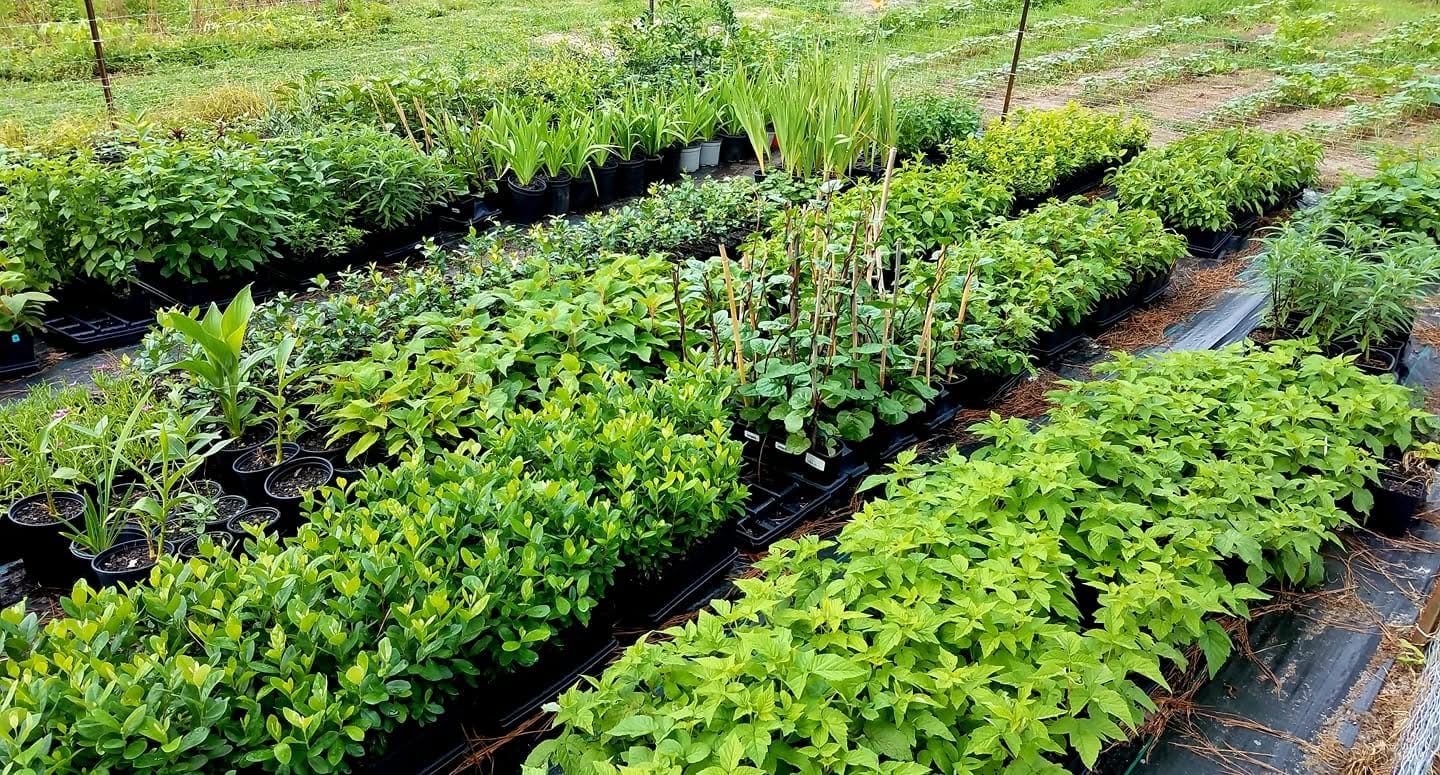

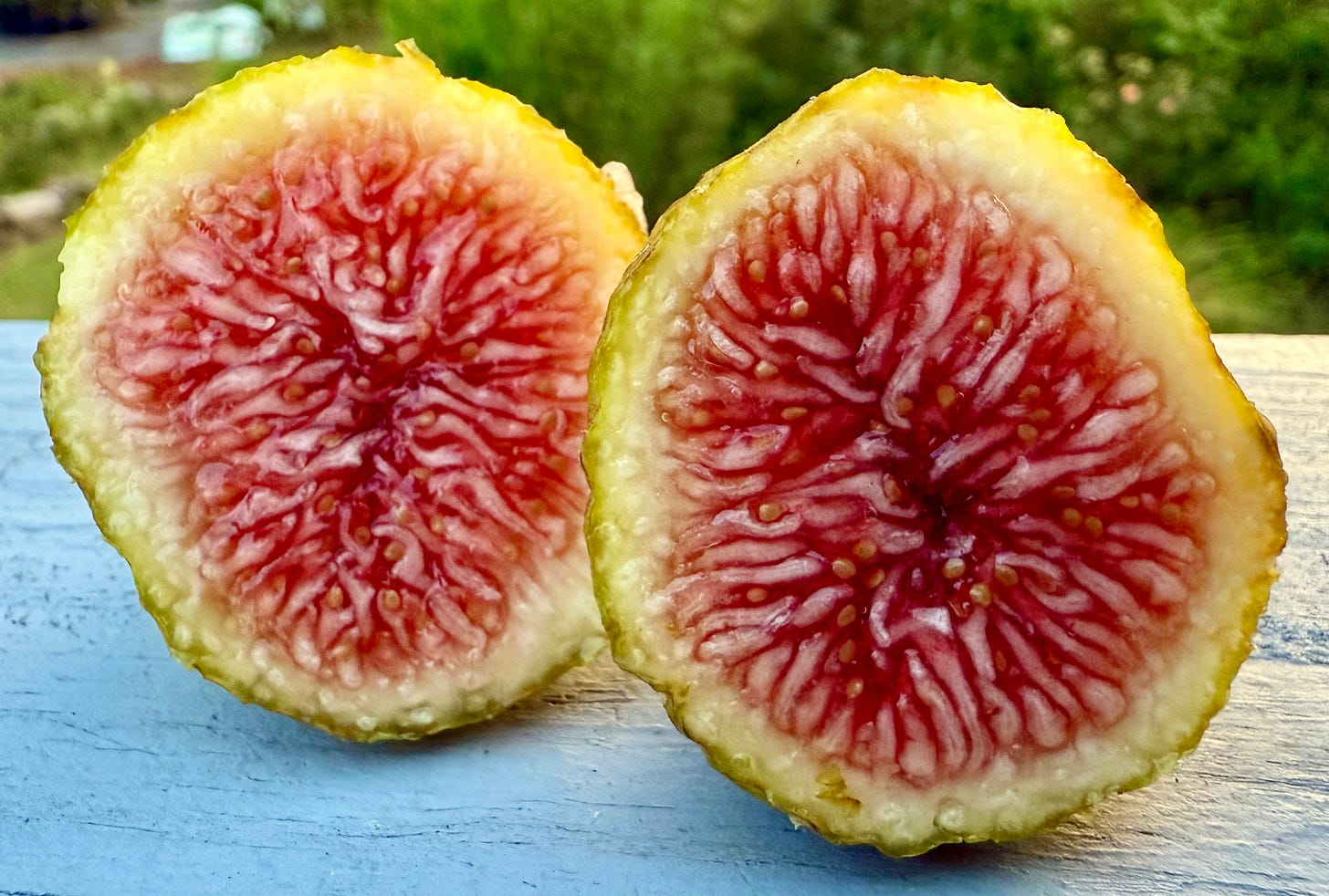



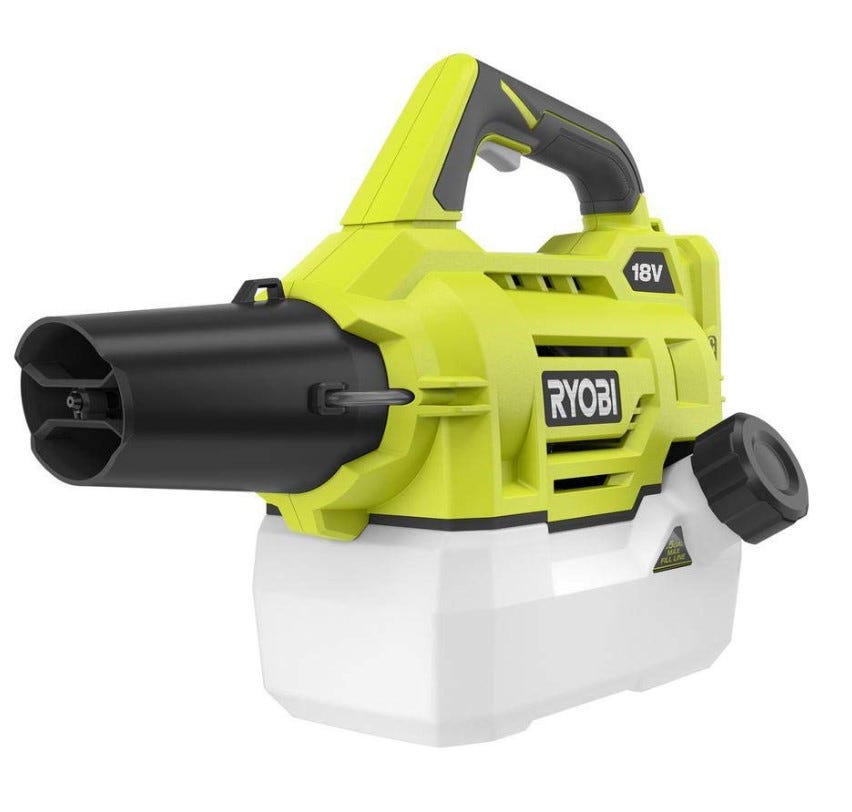
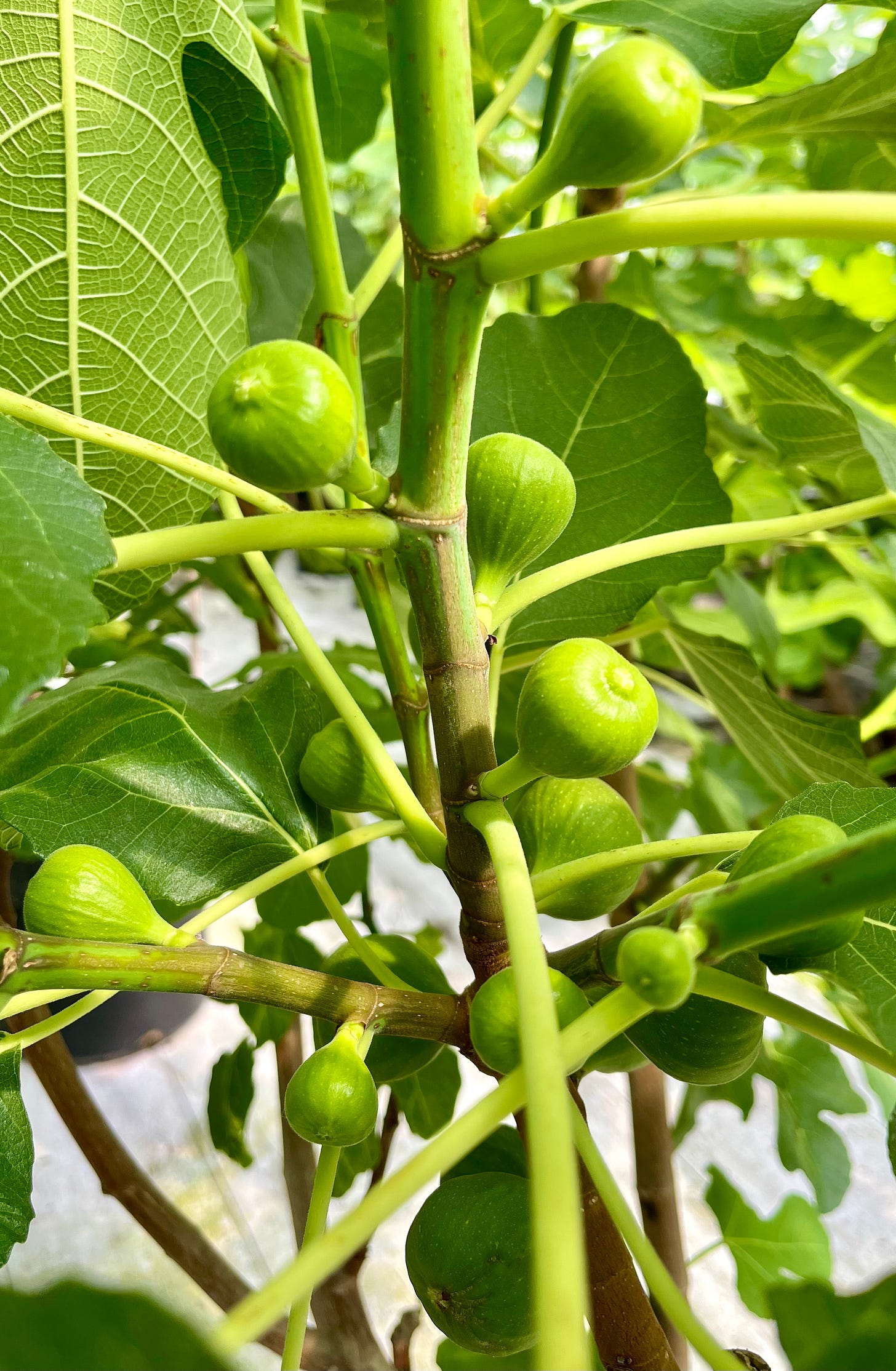
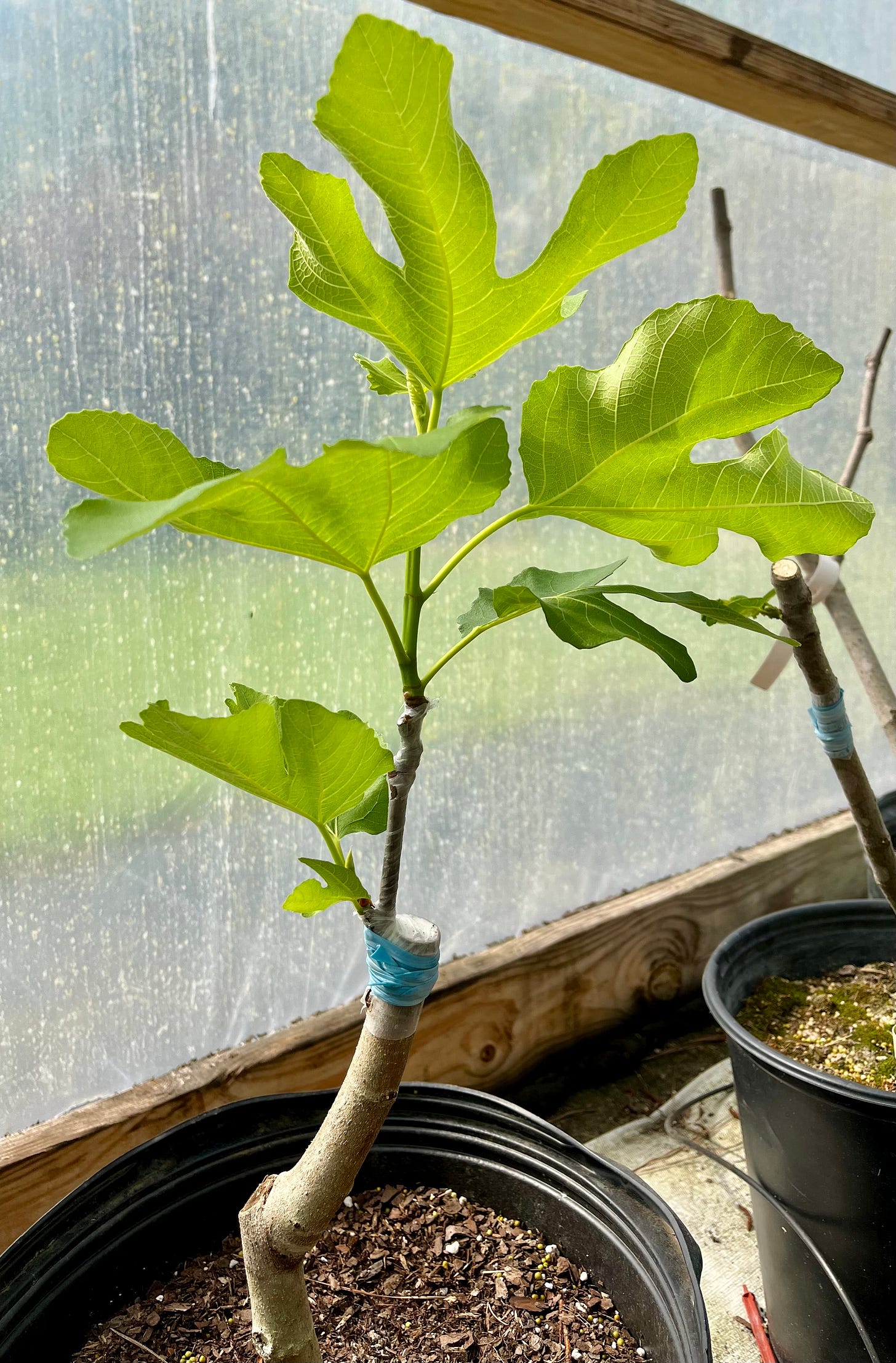


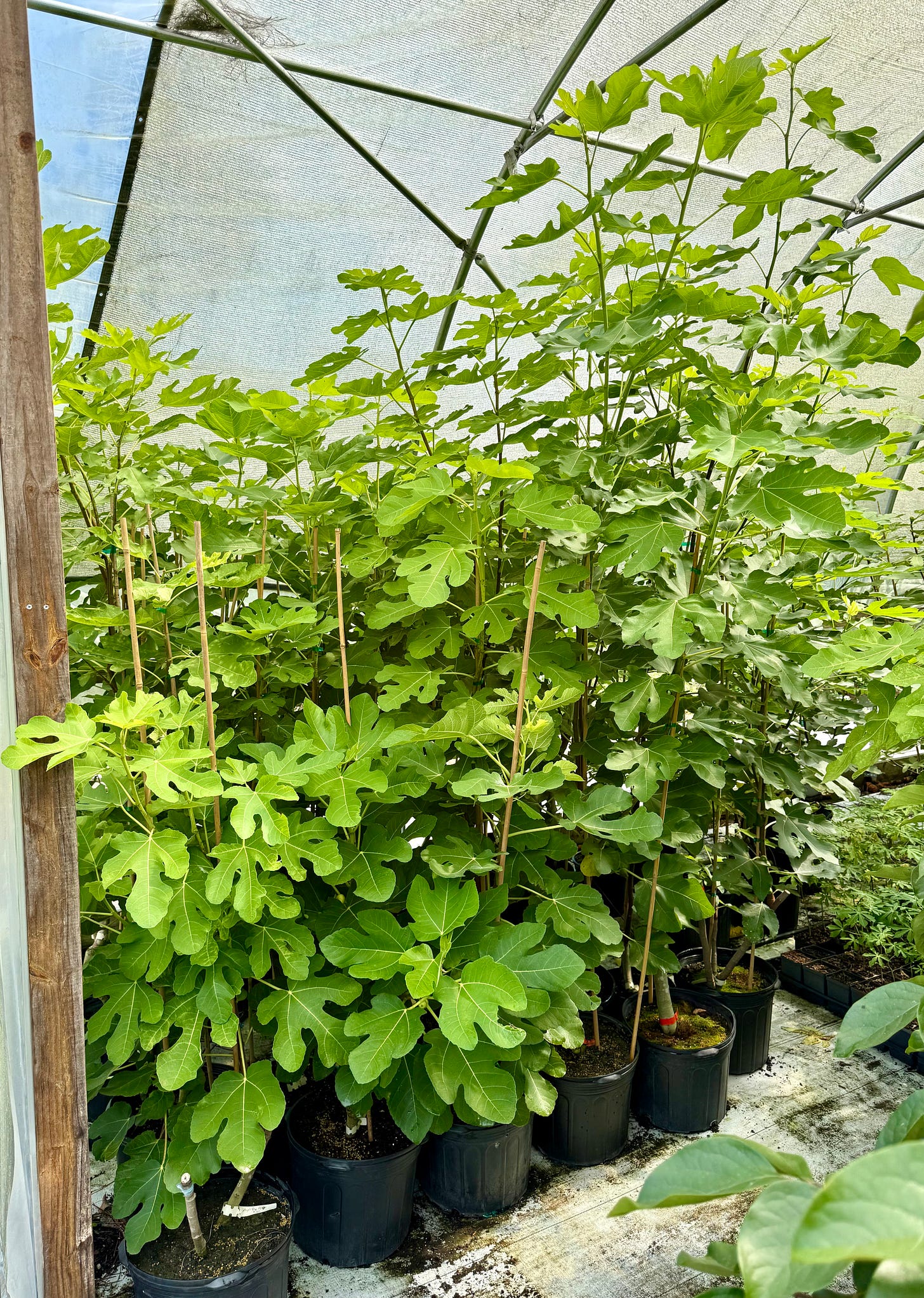
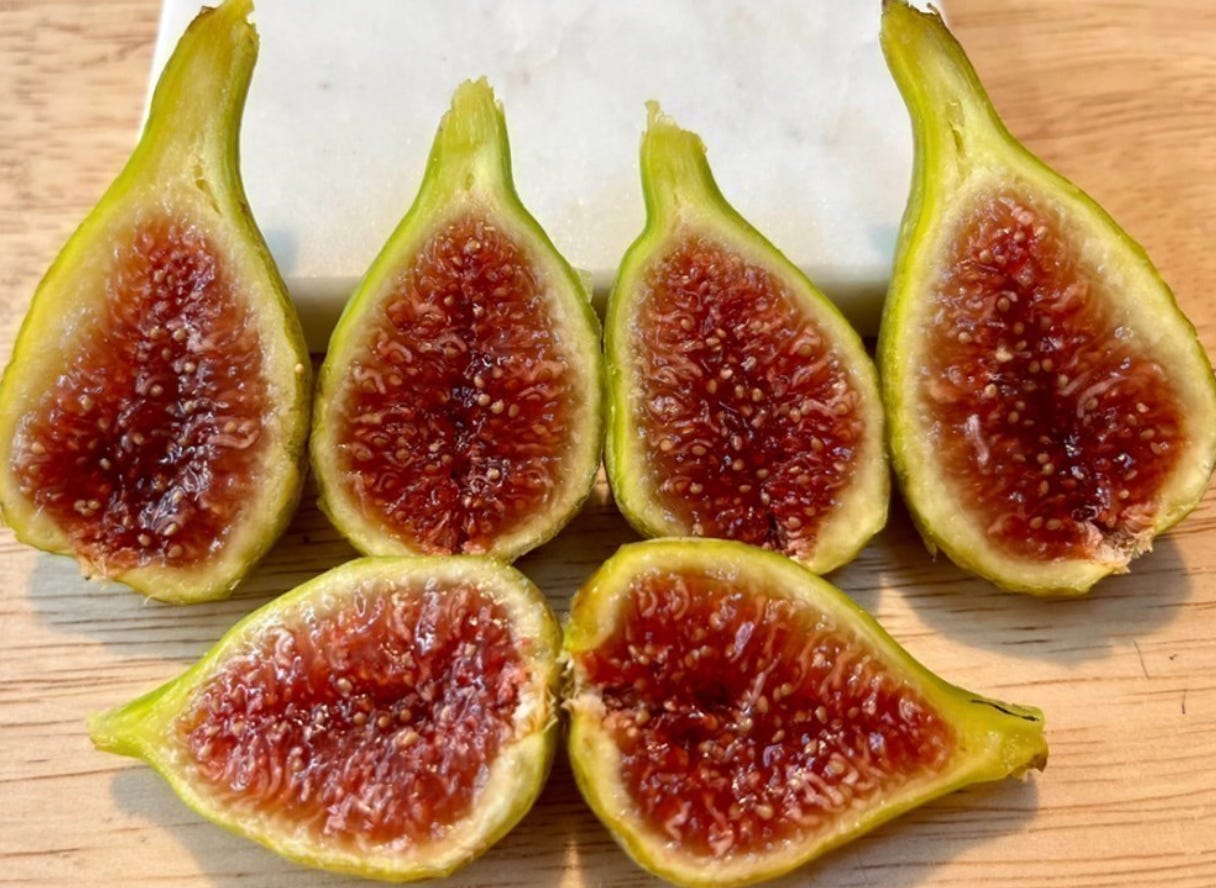
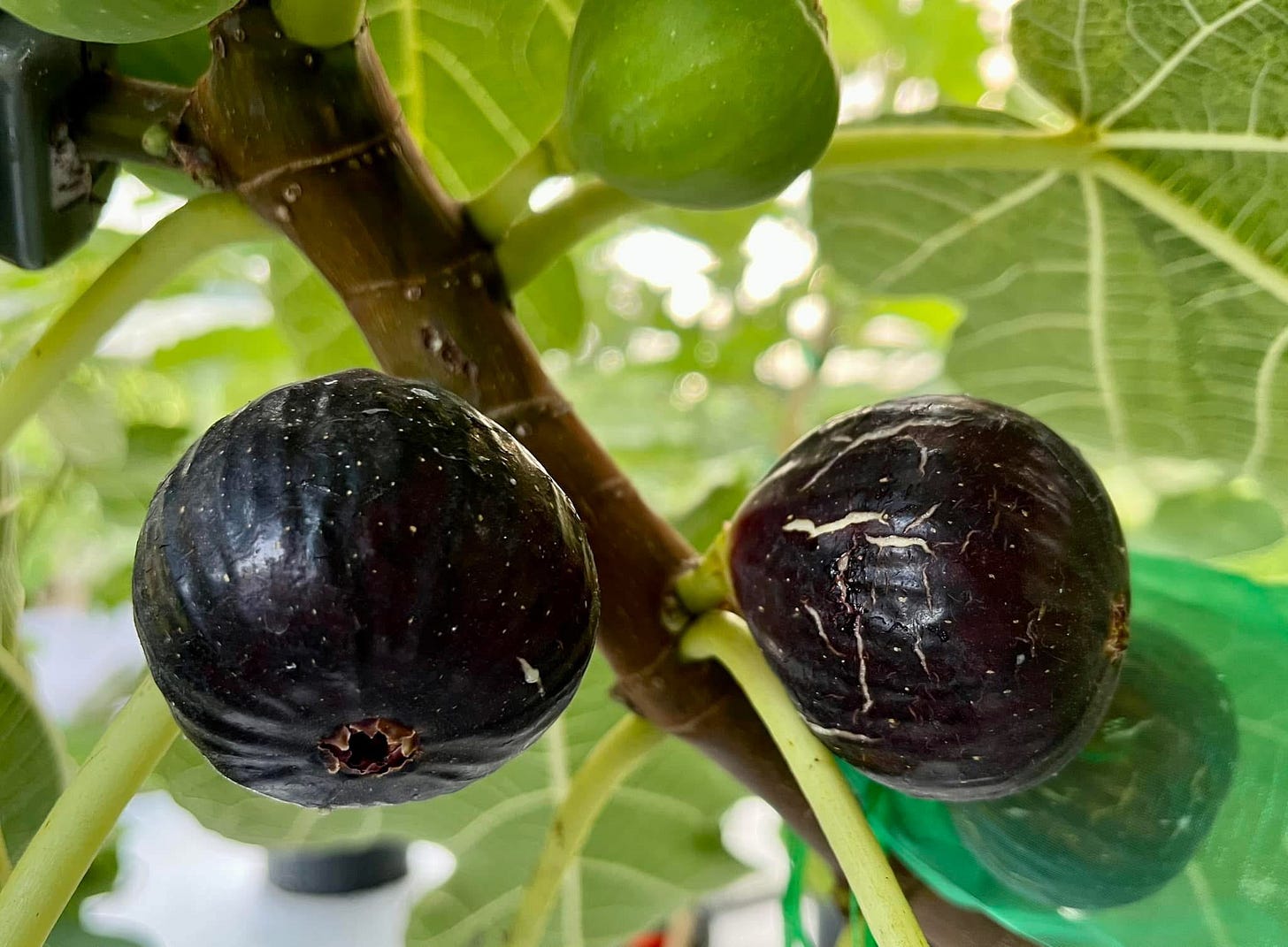
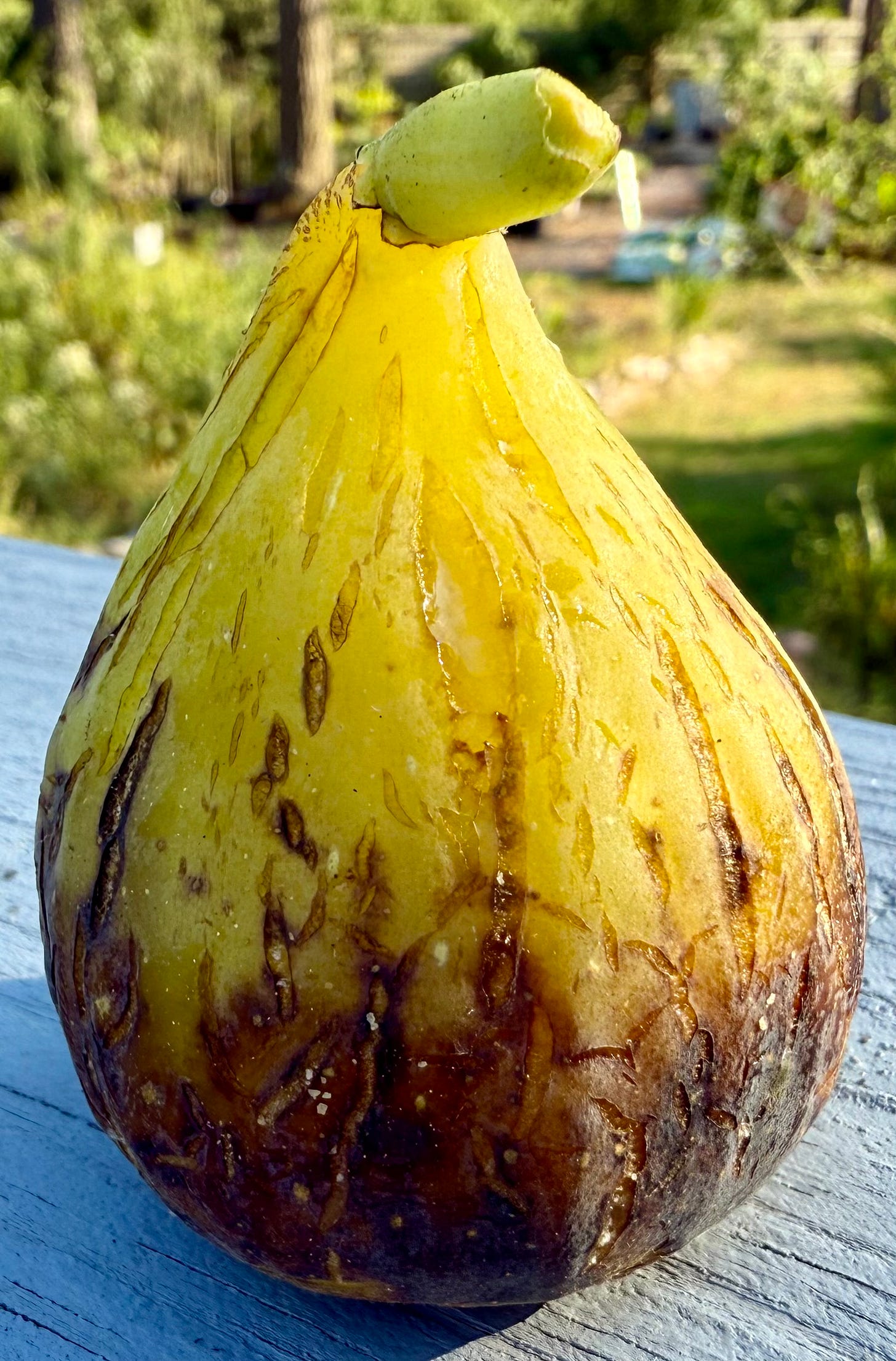
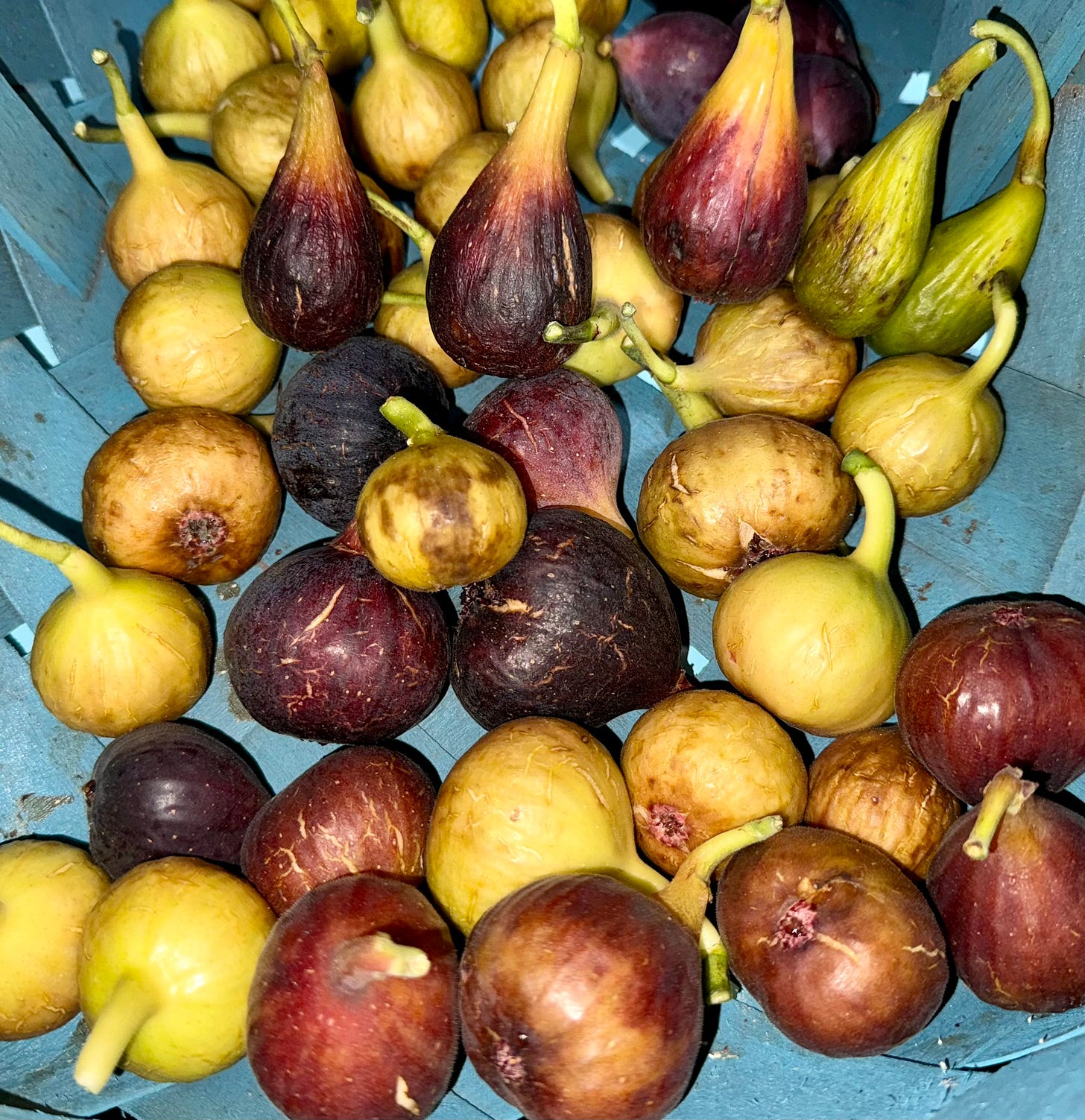

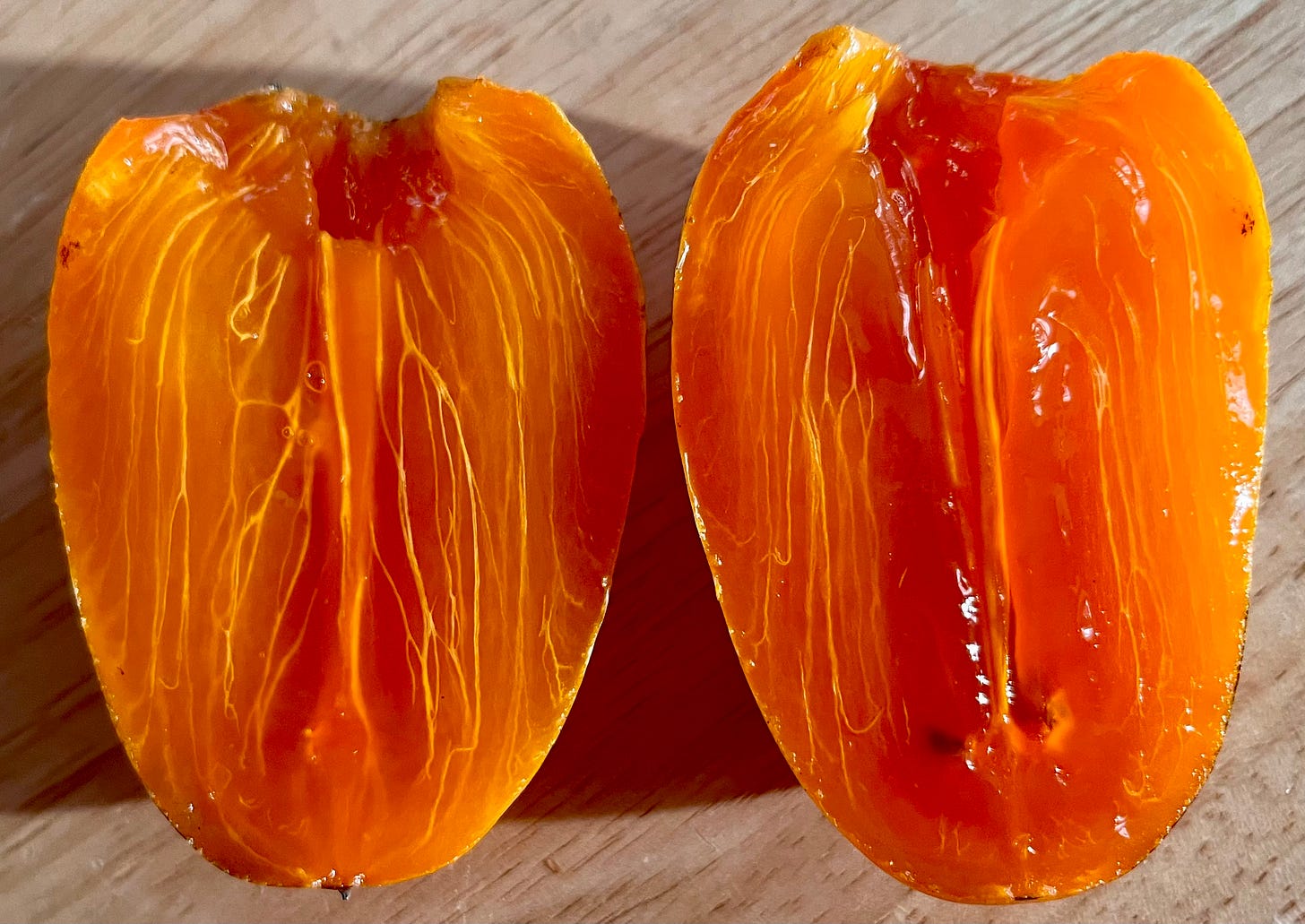
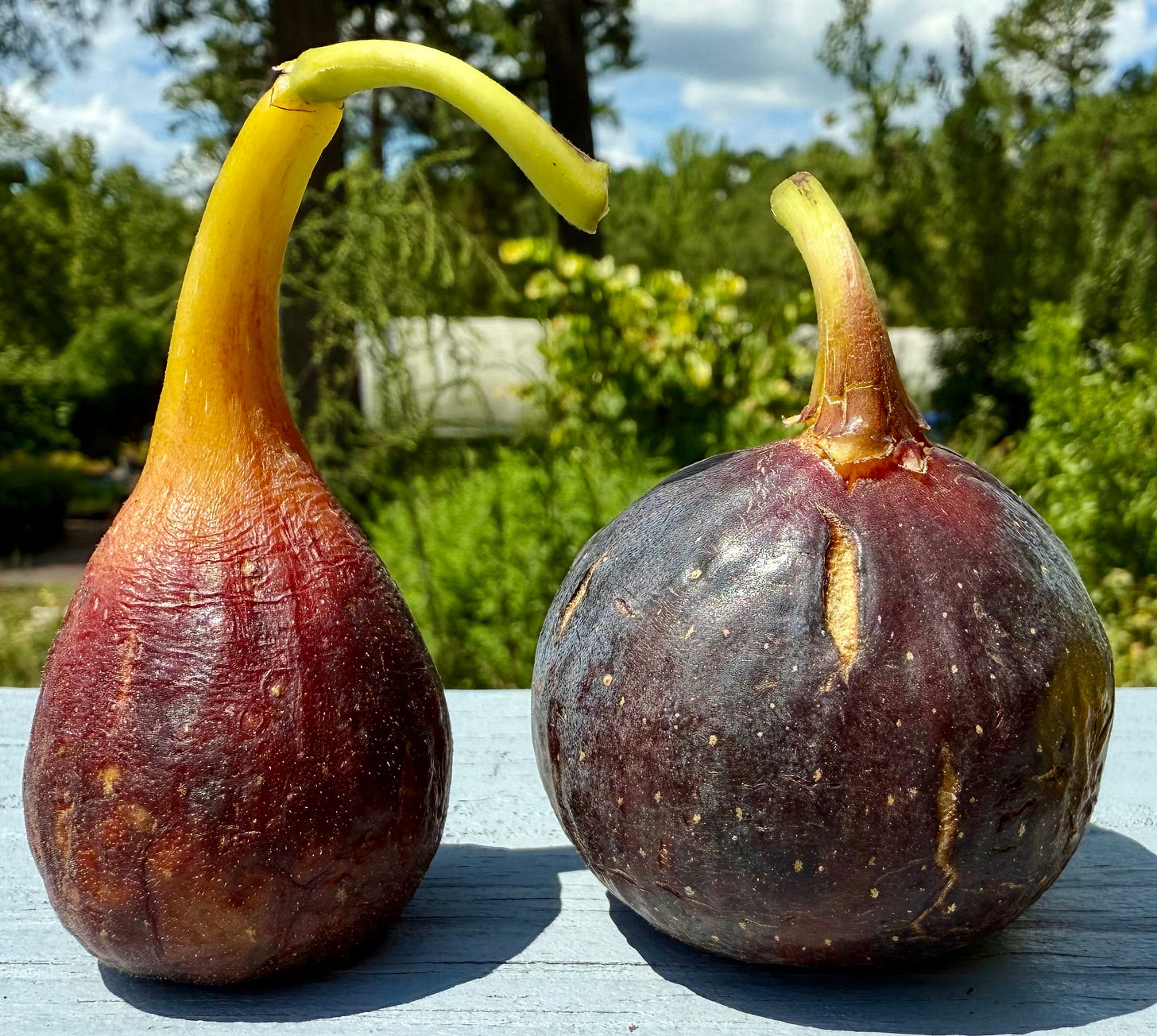




This is all beautifully done….I love this series…to see so many talented and capable fig growers is fantastic.